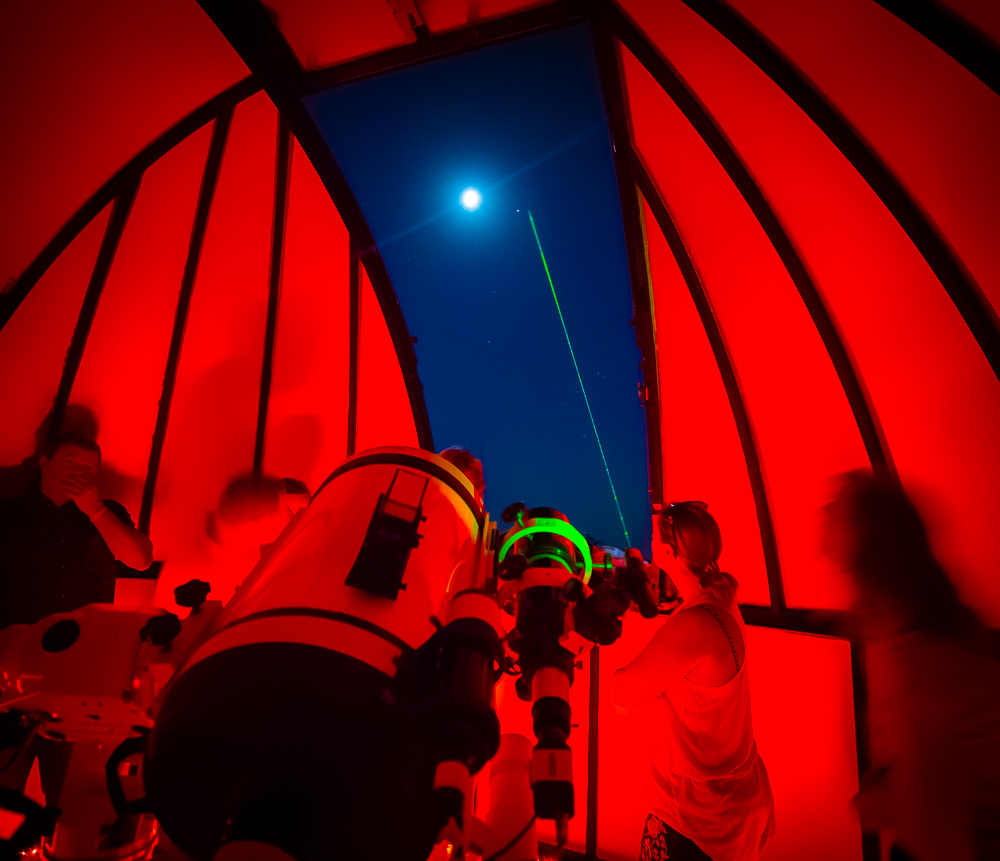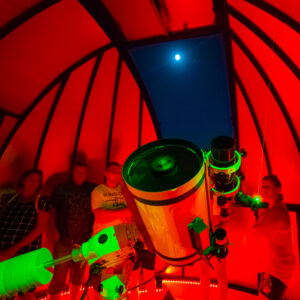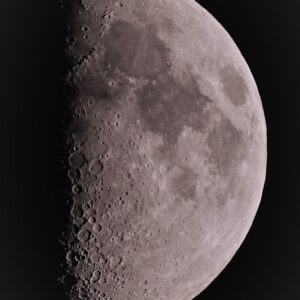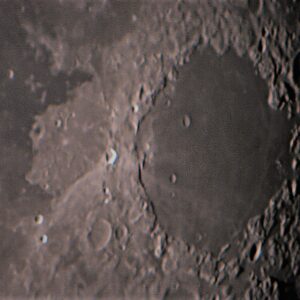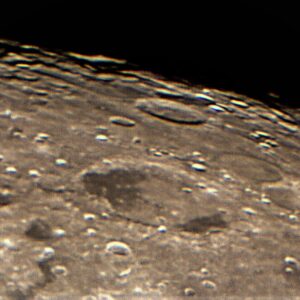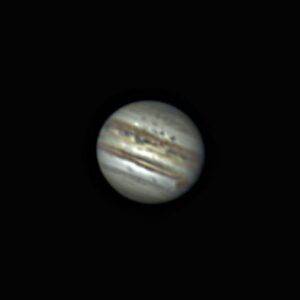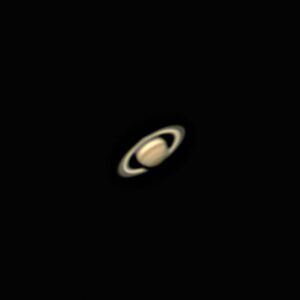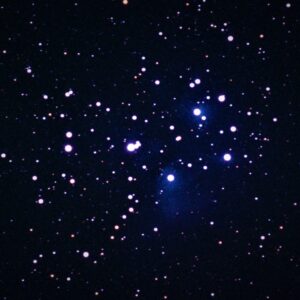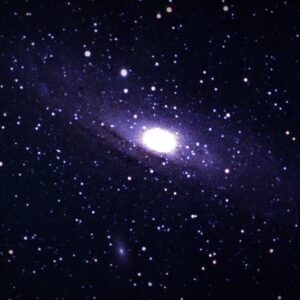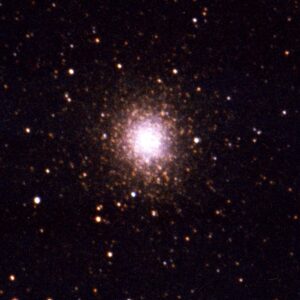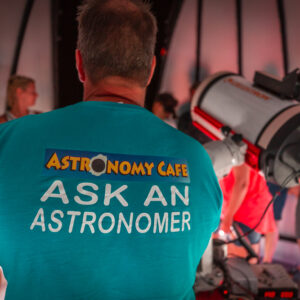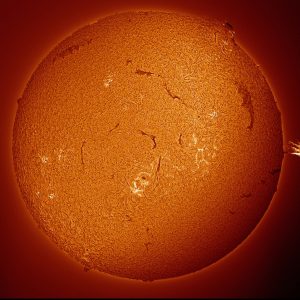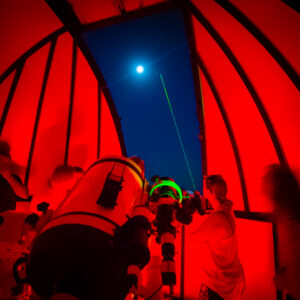Description
Νight observation
The Observatory at Astronomy Cafe of Rhodes, focuses on the observation of deeb sky objects like galaxies and nebulas, the moon, the planets.
Observation in our observatories as long as the measures against Coronavirus (COVID-19) prevail, will be carried out with artificial means of special cameras and screens and with the use of a mask.
Beneath the 4 meters diameter dome is installed a Celestron Schmidt-Cassegrain C11″ (280mm) focal length F2800 mm with a focal ratio f/10 telescope on a altazimunth mount SkyWatcher AZ-EQ6. We offer visitors a memorable tour of the beautiful sky of Rhodes-Greece. On hot summer evenings we make observation in the stargarden with the following instruments. A refractor Skywatcher ED80 ProSeries diameter 80mm and 600mm focal length with a focal ratio f/7.5 mounted. A big Skywatcher Equinox-120 Pro 120mm 900mm ED-APO Refractor Telescope with a Herschel prism with Continuum filter 540nm in green color let the observer enjoy the photospheric phenomena of the sunspots the umbra and benumbra around the solar spots and also as well the hot flares. For the observation of the moon we use ND filters.
The observatory is equipped with wireless internet and astronomical planetarium programs such as Celestia, Stellarium, and Sky Safari. Observational astronomy becomes interesting in theory but particularly in practice.
The observatory has eyepieces with diameter lenses 1¼ ” and 2″ with different focal lengths from 5mm to 50mm for various magnifications and additional magnifier type Barlow 1,5X and 3X. Measurements made by SQM in the area for the quality of the night starry sky showed values is 19,5 – 20 magnitude (mag / arc sec²). Also for deep sky objects we use the method of live video astronomy with a camera and projection on TV – screen.
The observatory with a diameter of 2.8 meters is equipped with a large mirror telescope of the company MEADE. The LX200 14 ” is a powerful telescope and the observer can look at objects in the sky that are up to 150 million light years away. The resolution on the surface of the moon reaches 200 to 300 meters where we can distinguish small hills of this size.

